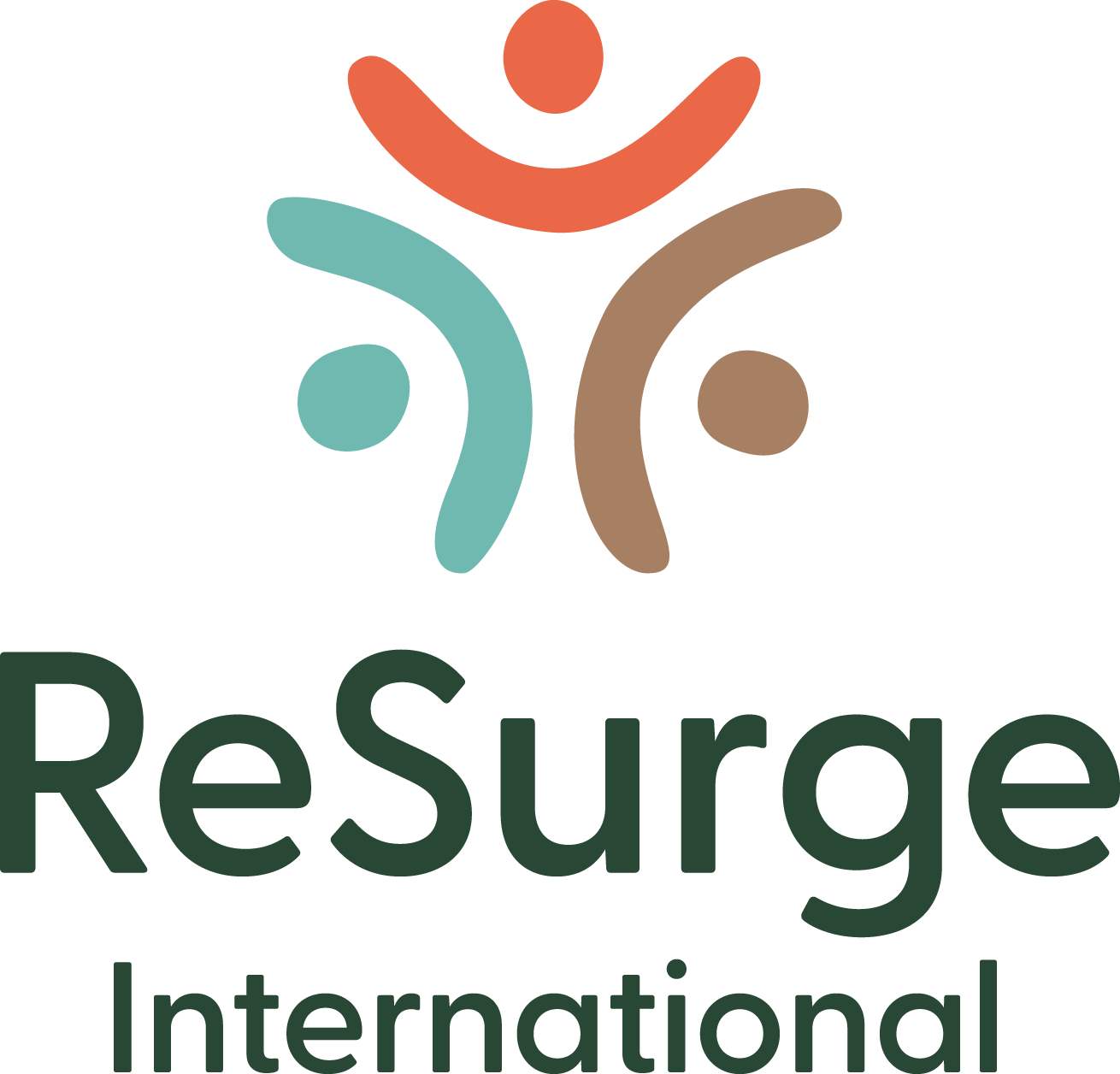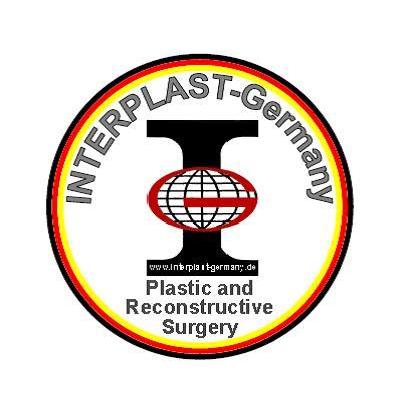Ahl Masr Foundation  |
East Avenue Medical Center
(EAMC) - National Specialty Center
(NSC) for Burn Care |
National Academy of
Burns of India |
|
Albert Einstein Hospital
|
Everlast wellness medical center |
National Fallen
Firefighters
Foundation |
Argentinian Burns Association
 |
Fundacion CRISAQ, Honduras |
Nepal Interplast |
Asociación Dominicana
de Quemaduras |
Fundación del Quemado
 |
Optimist Club of BIratnagar Metro |
Asociación Mexicana
de Quemaduras |
Fundación Michou y Mau
|
OSCARE, Organisation for Burns, Scar After-care and Research
 |
Asociación Mexicana
para la Prevención y
Tratamiento de
Quemaduras San Martin de Porres A.C. |
Global Surgery
Amsterdam
|
Pakistan Institute of Living & Learning |
Asociación de Ayuda
al Niño Quemado
- ANIQUEM |
Global Surgery
Umbrella |
Patan Academy of Health Sciences |
Association of Plastic
Surgeons of India |
Herbre Burn
Foundation |
Paulinchen - Initiative for Young Burn Survivors Germany
 |
Asociación Sobreviviendo
a Quemaduras Hospital
Nacional de Niños,
Costa Rica (ASOQUEM) |
Hospital de niños Córdoba Argentina |
Physicians for Peace |
Atijeevan Foundation |
Hospital General de
Chihuahua "Dr. Salvador
Zubiran Anchondo” |
Pokhara Academy of
health Sciences |
| Belgian Burns Foundation |
Hospital luis Carlos Lagomaggiore |
Pratap Hospital |
Bembde Hospital for Plastic,
Cosmetic, Burns & Hand Surgery |
Hospital Universitario Erasmo Meoz |
ReSurge
International |
Beyond Burns
International |
Instituto Mexicano del
Seguro Social (Unidad
Médica de Alta
Especialidad no. 71) |
Servicio de Cirugía Plástica y Quemados Hospital de Niños
Santísima Trinidad |
| Biratnagar Rainbow Lions Club |
International Student Surgical Network (InciSioN) |
Sheikh Shakhbout Medical City
|
British Burn Association |
International Women
and Children’s Burn Foundation |
Sociedade Brasileira de Queimaduras (SBQ)
|
Burn and Trauma Association
 |
Interplast Nepal |
Sociedad Chilena de
Quemaduras |
Burn Healing Foundation
 |
Japanese Society for
Burn Injuries |
Society of Plastic
Surgeons of
Bangladesh |
Burns & Plastic Surgery
Center Peshawar Pakistan |
Interplast Germany  |
Società Italiana Ustioni |
| Children's Burns Trust |
Interplast Nepal |
Sudanese Consortium for Surgical Development (SCSD) |
| Clinica Hospital ISSSTE |
JN Medical College, Aligarh Muslim University |
Sunshine Social Welfare Foundation
 |
| Clínica Hospital Mérida APP |
The Kilimatinde trust |
Sushma Koirala Memorial Hospital |
Clinica Nuestra Sra De
Fatima |
Kirrudu Burns and Plastic Department Uganda |
Taiwan Society for
Burn Injuries and
Wound Healing |
Corporación de Ayuda al Niño
Quemado - COANIQUEM Chile
 |
Korean Burn Society |
UCHealth Burn and Frostbite Center |
Department of Plastic Surgery
and Burns, Sher-I-Kashmir
Institute of Medical Sciences
(SKIMS), Srinagar INDIA |
Leo District Council
325 C Nepal |
University Hospital Center "Mother Teresa" Tirana, Albania |
Deutsche Gesellschaft für
Verbrennungsmedizin e.V.
 |
Lions Club of Biratnagar Metro |
|